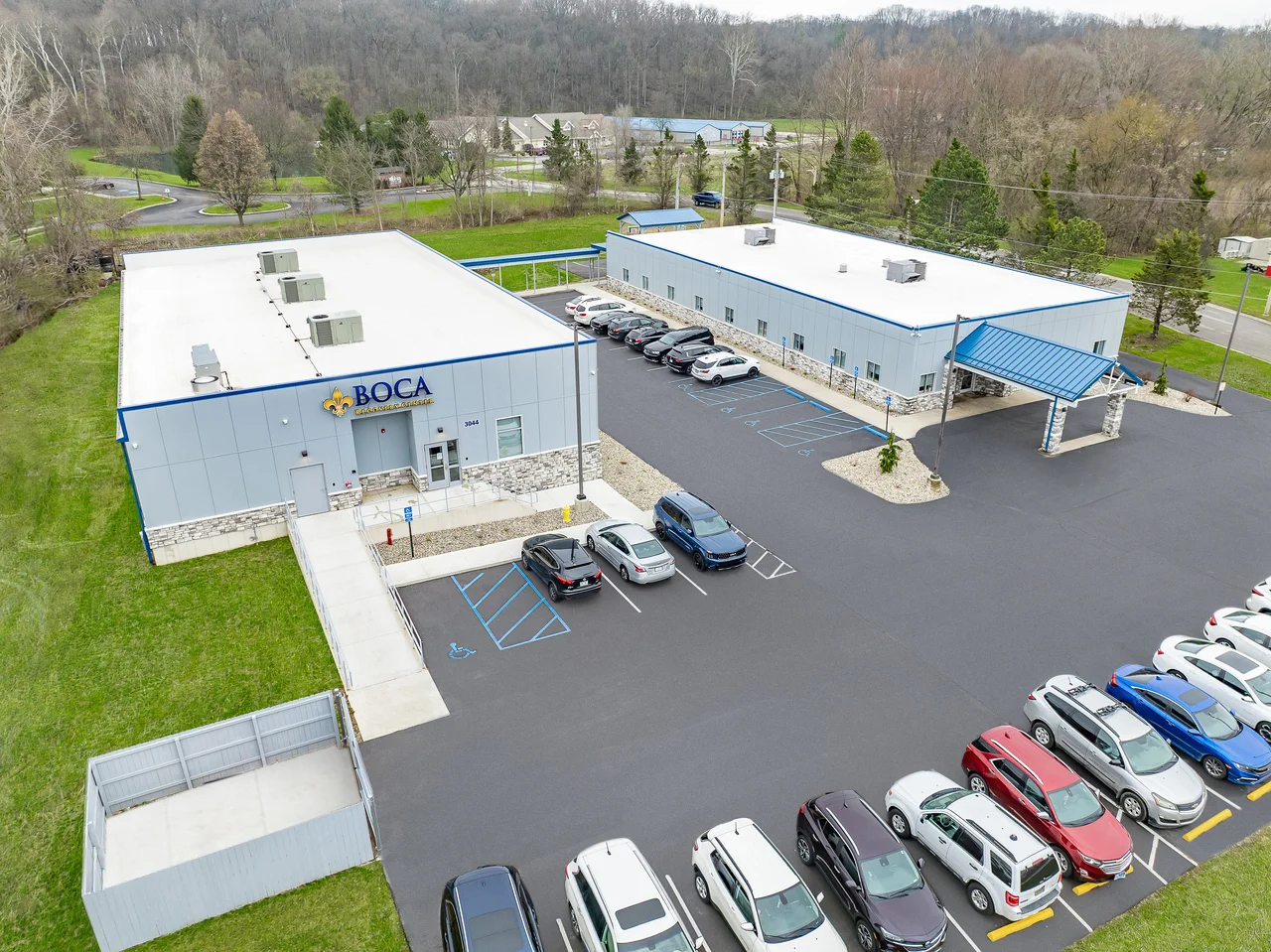Are you or someone you know struggling with addiction?
I may have a problem I am concerned for a loved oneCocaine is an addictive stimulant drug derived from the coca plant, Erythoxylon coca, which grows in western and northern South America. The leaves are made in small labs throughout South America, and the result is pure cocaine. However, the cocaine people purchase on the streets in the U.S. is never pure—dealers and drug cartels cut it with adulterants and fillers to increase profits.[1] As such, people who use cocaine never really know what’s going in their bodies.
Some of these fillers are relatively harmless and are intended to simply look like cocaine—white, powdery—while others are drugs intended to increase the potency of cocaine. These drugs like fentanyl and carfentanil are extremely deadly, and even a small amount can cause an overdose.
How Pure is Street Cocaine?
Quick Answer
In 2017, the Drug Enforcement Administration (DEA) found that the average purity for seized cocaine was just over 61%, meaning nearly 40% of street cocaine is cut with adulterants and other substances.[2]
In 2017, the DEA found that street cocaine was only this pure.
The remaining portion was cut with other substances, including dangerous additives like fentanyl.
Common Adulterants Cocaine is Cut With
Dealers typically cut cocaine with various additives to increase profits or make the drug more addictive or potent. Some common cocaine cutting agents include:
Creatine
Flour
Baking soda
Chalk
Laundry detergent
Levamisole
Talcum powder
Boric acid
Laxatives
Procaine
Amphetamines
Fentanyl
Carfentanil
Typically, cocaine additives are white in order to blend in with cocaine and though they are often powdery, they may change the texture a bit. Cocaine’s appearance and even smell can change vastly from batch to batch due to these adulterants. However, the most dangerous adulterants are undetectable just by examining the drug—fentanyl and carfentanil.
The Most Deadly Cocaine Adulterants and Drugs
Dealers and drug traffickers often cut cocaine with opioids like fentanyl and carfentanil. Fentanyl is about 50-100 times more potent than morphine, and carfentanil is about 10,000 times more potent than morphine. [3]
Fentanyl is about 50-100 times more potent than morphine, and carfentanil is about 10,000 times more potent than morphine.
People who are buying and using cocaine typically have no idea that their cocaine has been cut with fentanyl or carfentanil, making these adulterants even more dangerous. Extremely small doses—2mg—of either of these opioid drugs can cause an overdose and have fatal consequences. [3]
The amount of overdose deaths due to cocaine and synthetic opioids like fentanyl has increased dramatically since 2015 and is the main reason for cocaine overdose fatalities. In 2021, there are approximately 20,000 overdose deaths involving cocaine and a synthetic opioid. [4]
Signs and Symptoms of an Opioid Overdose
It’s important to know the signs of an opioid overdose so you can know when to call for help. Overdose signs include:[5]
Pinpoint pupils
Limp body
Losing consciousness
Unable to wake up
Slow, shallow breathing
Heartbeat slows or stops
Pale or blue-ish skin, lips, and fingernails
Gurgling or choking sounds
If you suspect you or someone else has overdosed on opioids mixed with cocaine or any other drug, call 911 immediately. Provide them with as much information as possible and stay with the person until first responders arrive.
Identifying Cut Cocaine
Because street cocaine is rarely if ever pure, there is no reliable way to determine what adulterant cocaine has been cut with. However, it’s safe to assume all cocaine has been cut with some type of filler or additive, although it’s difficult to know which ones. Fortunately, there are ways to test for the presence of lethal opioids like fentanyl.


Signs of Crack Cocaine Abuse
Fentanyl Test Strips
Fentanyl test strips are a harm reduction strategy that enables you to test your cocaine or other substances for the presence of fentanyl and other similar analogs like carfentanil. [6]
These life-saving small strips of paper are affordable, accessible, and only take a few minutes to use, and they can help prevent an opioid overdose. [6]
You can buy fentanyl test strips online at various places, such as:
Dance Safe
BTNX
North America Syringe Exchange Network
Fentesters
Overdose Kits
AZReam
You may also be able to get them through syringe services programs.
Preventing Opioid Overdose Fatalities with Narcan
If you or someone you know uses cocaine, it’s important to buy and keep naloxone (Narcan) on you at all times.
Narcan is an opioid antagonist medication that binds to opioid receptors in the brain and rapidly reverses the life-threatening effects of an opioid overdose. It can temporarily restore breathing in a person with respiratory depression and buy them some time while emergency medical personnel arrive. [7]
Narcan cannot treat an overdose on cocaine alone or other substances but it won’t hurt a person if you administer it. [7]
Harmful Consequences of Cocaine Adulterants
Aside from carfentanil and fentanyl, other cocaine additives and adulterants can harm your mental and physical health. For example:[8],[9],[10]
Levamisole
Levamisole is an animal de-wormer medication and is toxic to humans, causing kidney failure, skin necrosis, skin lesions, sepsis, and seizures.
Methamphetamine and amphetamines
These stimulants can increase cocaine’s stimulant effects, increasing the risk of stroke, heart attack, paranoia, psychosis, violent behaviors, seizures, dental problems, and malnutrition. Plus, long-term meth use can increase the risk of developing Parkinson’s disease.
Boric acid
Boric acid can cause vomiting, diarrhea, skin rash, skin loss, nose bleeds, shortness of breath, convulsions, coma, and even lead to death.
Quit Cocaine with an Addiction Treatment Program
If you are addicted to cocaine, the best way to prevent potential overdose and harmful consequences is to seek professional addiction treatment, such as at our program, Boca Recovery Center. Cocaine rehab programs are available in many settings, including:
Inpatient treatment programs for cocaine addiction are the most intensive and structured settings, offering 24-hour care, support, and treatment, away from your everyday using environment.
PHPs and IOPs offer the opportunity to live at home while recovering from cocaine abuse while still receiving a high frequency of care. IOPs include between 9 and 20 hours of therapy per week and PHPs offer up to 30.
Standard outpatient involves living at home and attending counseling for a few hours per week. It’s the least intensive but most flexible option and may be helpful if you have a mild addiction or if you have already completed a higher level of care.
- Coca. Drug Enforcement Administration. (n.d.).
- 2019 Drug Enforcement Administration National Drug Threat Assessment. Drug Enforcement Administration. (2019).
- Deadly Contaminated Cocaine Widespread in Florida. Drug Enforcement Administration. (2018).
- Drug Overdose Death Rates. National Institute on Drug Abuse. (2023).
- Opioid Overdose. Substance Abuse and Mental Health Services Administration. (2023).
- Fentanyl Test Strips: A Harm Reduction Strategy. Centers for Disease Control and Prevention. (2022).
- Naloxone DrugFacts. National Institute on Drug Abuse. (2022).
- Methamphetamine DrugFacts. National Institute on Drug Abuse. (2019).
- Complications associated with use of levamisole-contaminated cocaine: an emerging public health challenge. Lee KC, Ladizinski B, Federman DG. (2012). 87(6):581-586. doi:10.1016/j.mayocp.2012.03.010
- Boric Acid. National Pesticide Information Center. (2013).
















